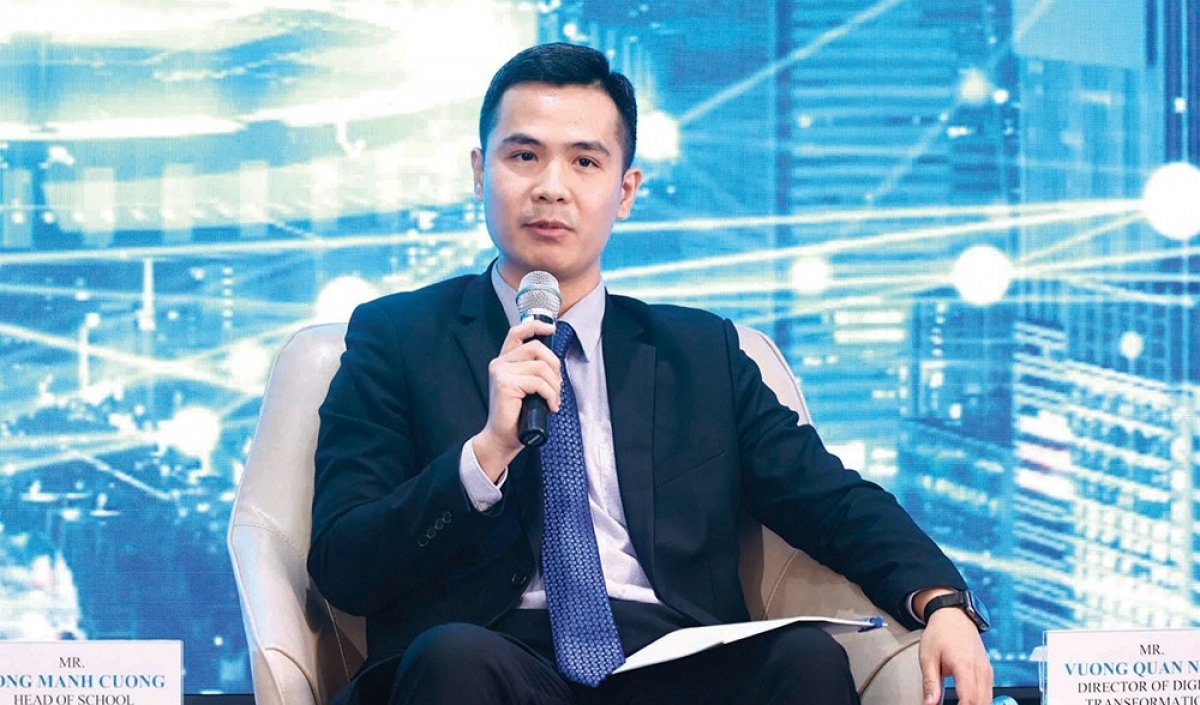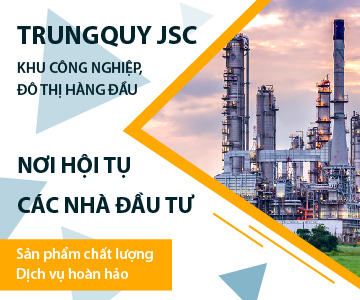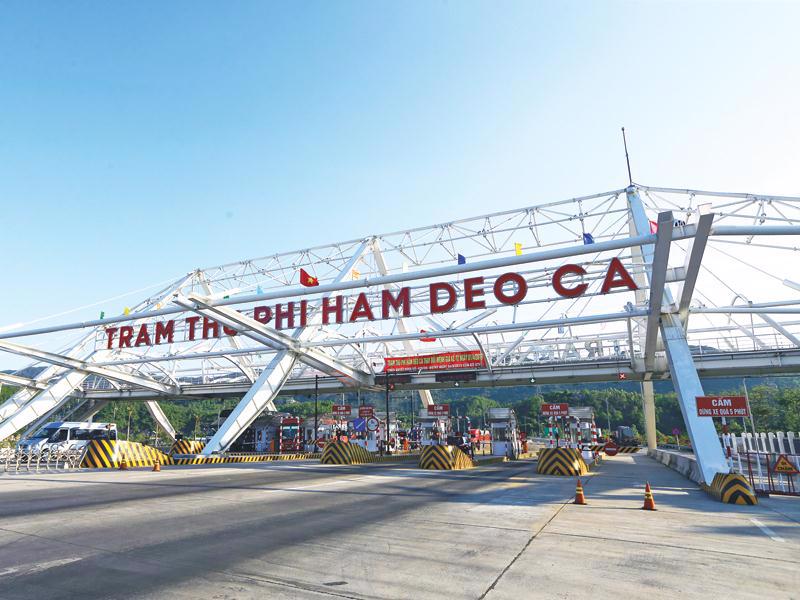INTERNATIONAL INVESTMENT
AND PORTAL
As Vietnam accelerates towards industrial modernisation, investing in high-quality human resources is key to unlocking productivity, attracting premium investment, and building a resilient, future-ready economy. With that, the country’s vision for 2030 and 2045 hinges on its ability to cultivate a workforce that can adapt, innovate, and lead in a rapidly changing global economy.
 Dr. Nguyen Hoang Ha, lawyer, country office for Vietnam International Labour Organization
Dr. Nguyen Hoang Ha, lawyer, country office for Vietnam International Labour Organization
Despite strong political commitment and notable progress, the labour market faces persistent challenges. Labour productivity remains low, and only 28.8 per cent of the workforce has formal training or certification. High-value sectors like semiconductors, finance, and digital services are growing fast, but the talent pipeline is not keeping pace. These gaps risk slowing down economic growth and deterring high-quality foreign investment.
The National Assembly has acknowledged these issues and laid important legislative foundations through laws on education, vocational training, and science and technology. But the pace of reform must quicken.
In August, the National Assembly Standing Committee passed Resolution No.1796/NQ-UBTVQH15, which is a bold and comprehensive directive aimed at transforming Vietnam’s human capital landscape. At its core, the resolution calls for a national human resource development strategy to 2030, with a vision to 2050. This strategy will guide ministries, sectors, and provinces in aligning their efforts with national goals.
It also mandates updates to key laws to promote autonomy in education, equity in access, and innovation in training. Importantly, it introduces a clear definition of “high-quality human resources,” helping Vietnam identify and nurture talent more effectively.
To support smarter planning, the resolution proposes a national database on personnel, better labour market forecasting, and stronger collaboration between schools and employers. These tools will help ensure that training programmes are relevant and responsive. The resolution prioritises investment in STEM education, digital skills, and strategic industries like semiconductors, AI, and clean tech.
It also promotes public-private partnerships and international cooperation, recognising that Vietnam’s success depends on its ability to learn from and work with the world.
Equally important is the resolution’s focus on inclusivity. It calls for reducing regional disparities, supporting ethnic minority communities, and empowering women through digital literacy and STEM education. Local governments are given more autonomy and resources to tailor workforce development to their unique needs.
Examples are already emerging: Bac Ninh province in the north and the central city of Danang are piloting programmes to train semiconductor engineers in partnesrship with universities and companies. Ho Chi Minh City is expanding digital literacy schemes for women-led small- and medium-sized enterprises (SMEs). These initiatives reflect the resolution’s spirit of innovation and localisation.
Turning Resolution 1796 into real-world impact will require coordinated action across sectors. The government must ensure sufficient funding and policy alignment. This includes expanding vocational and digital training, upgrading infrastructure, and incentivising innovation in education.
Businesses must step up as co-investors in talent. They can collaborate with schools to design curricula, offer internships, and establish industry skill councils. Samsung Vietnam’s partnership with technical universities to train engineers in electronics and automation is a strong example of industry-led education.
Educational institutions must evolve into hubs of innovation. They need to modernise facilities, build international partnerships, and offer flexible learning pathways. The Hanoi University of Science and Technology’s collaboration with European universities on AI and robotics shows what is possible.
The resolution also emphasises support for disadvantaged regions. This includes investing in schools in ethnic minority areas, offering incentives for professionals to work in remote provinces, and providing scholarships for underrepresented students. These efforts aim to ensure that no-one is left behind.
Across Vietnam, companies and institutions are showing what’s possible when human capital becomes a strategic priority. In partnership with the National Innovation Centre, Samsung Innovation Campus has become a launchpad for tech talent. Over 6,500 students and trainers have been equipped with skills in AI, the Internet of Things, and big data.
In the central province of Nghe An, Hoa Tien Textile Cooperative is helping women from ethnic minority communities revive traditional weaving techniques while learning modern business skills.
And in Vietnam’s industrial zones, SMEs are proving that internal training pays off. A furniture manufacturer in the former province of Binh Duong, now part of Ho Chi Minh City, invested in tailored skills workshops for its workers. Within a year, productivity rose by 20 per cent.
These stories reflect the transformative power of investing in people. For investors, the message is clear: Vietnam’s future competitiveness depends on the quality of its workforce. For policymakers, the task is to implement Resolution 1796 with urgency and precision. With bold reforms and collective action, Vietnam can build a workforce that is ready for the future. Resolution 1796 is a roadmap for transformation, and so the time to act is now.
* All views in this article are those of the author, and do not necessarily represent those of the ILO.



















